Sustainable Energy Continued (Test 4)
1/26
There's no tags or description
Looks like no tags are added yet.
Name | Mastery | Learn | Test | Matching | Spaced |
|---|
No study sessions yet.
27 Terms
Wind energy
The energy captured by transforming the motion of air into electrical energy using a turbine
Pros of wind energy
- no fuel costs or emissions
- generates income for farmers who rent land for turbines or sell electricity
- short planning and construction time
Cons of wind energy
- intermittent source,
- not enough wind everywhere,
- bird mortality
-power lines needed to transmit the electricity
Offshore wind
a breeze that blows from the land out over the water which would prove much better for wind turbines, but waters are too deep to put wind turbines in
Fuel cell
An electrical-chemical device that converts fuel, such as hydrogen, into an electrical current.
How does a fuel cell work?
1. Hydrogen fuel passed over the anode, oxygen passed over the cathode
2. An electron is removed from hydrogen creating a hydrogen ion
3. the electron passes through a circuit to create electricity and water is a by-product
Hindenburg Blimp
Filled with H gas and spark ignition. Reaction released water.
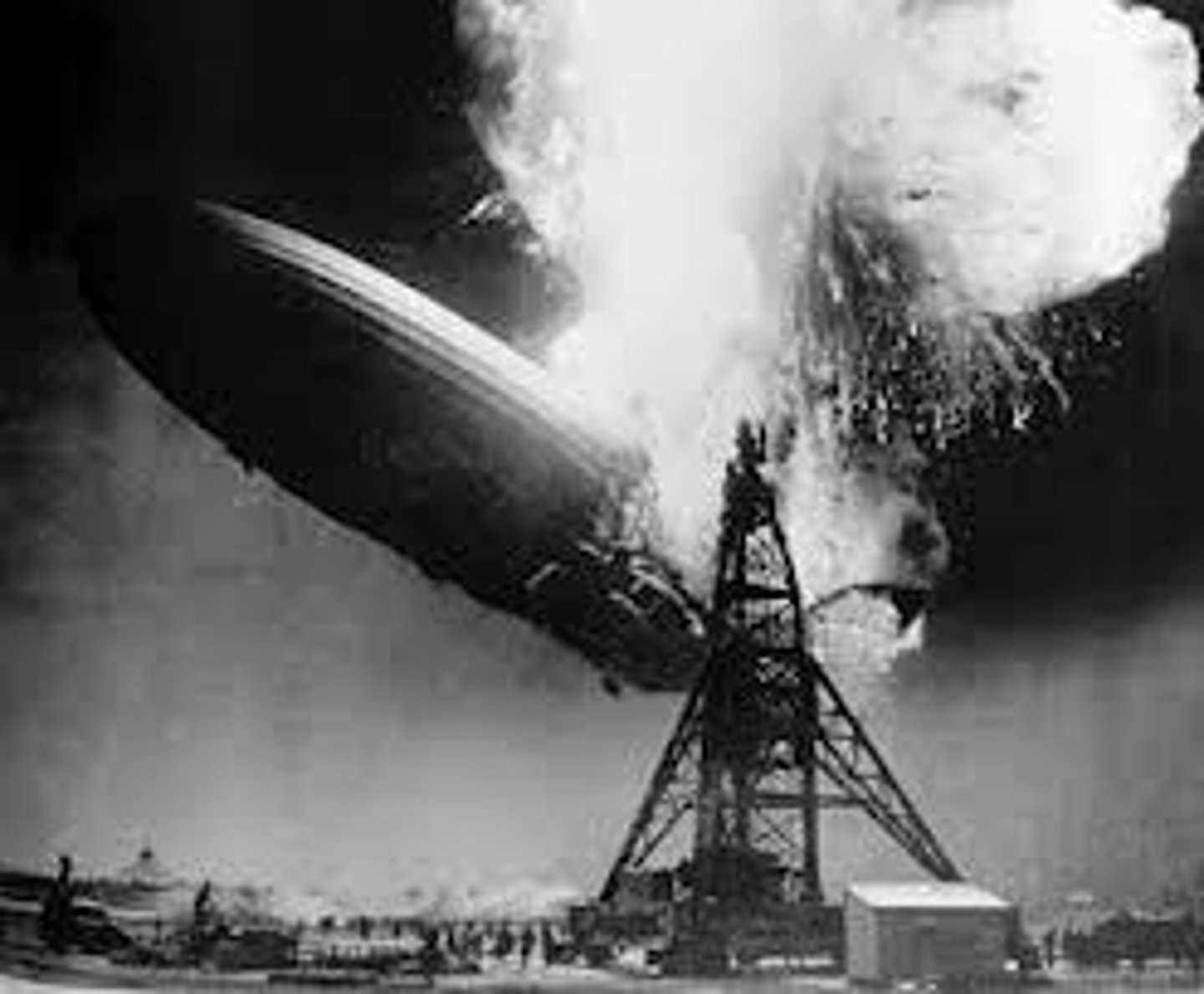
Reformer
device that extracts hydrogen from fuels (methane, ethanol, and ammonia~ when coupled to fuel cell, releases some pollutants (mostly CO2)
Biomass
wood, wood chips, bark, leaves, and starchy roots used to produce energy
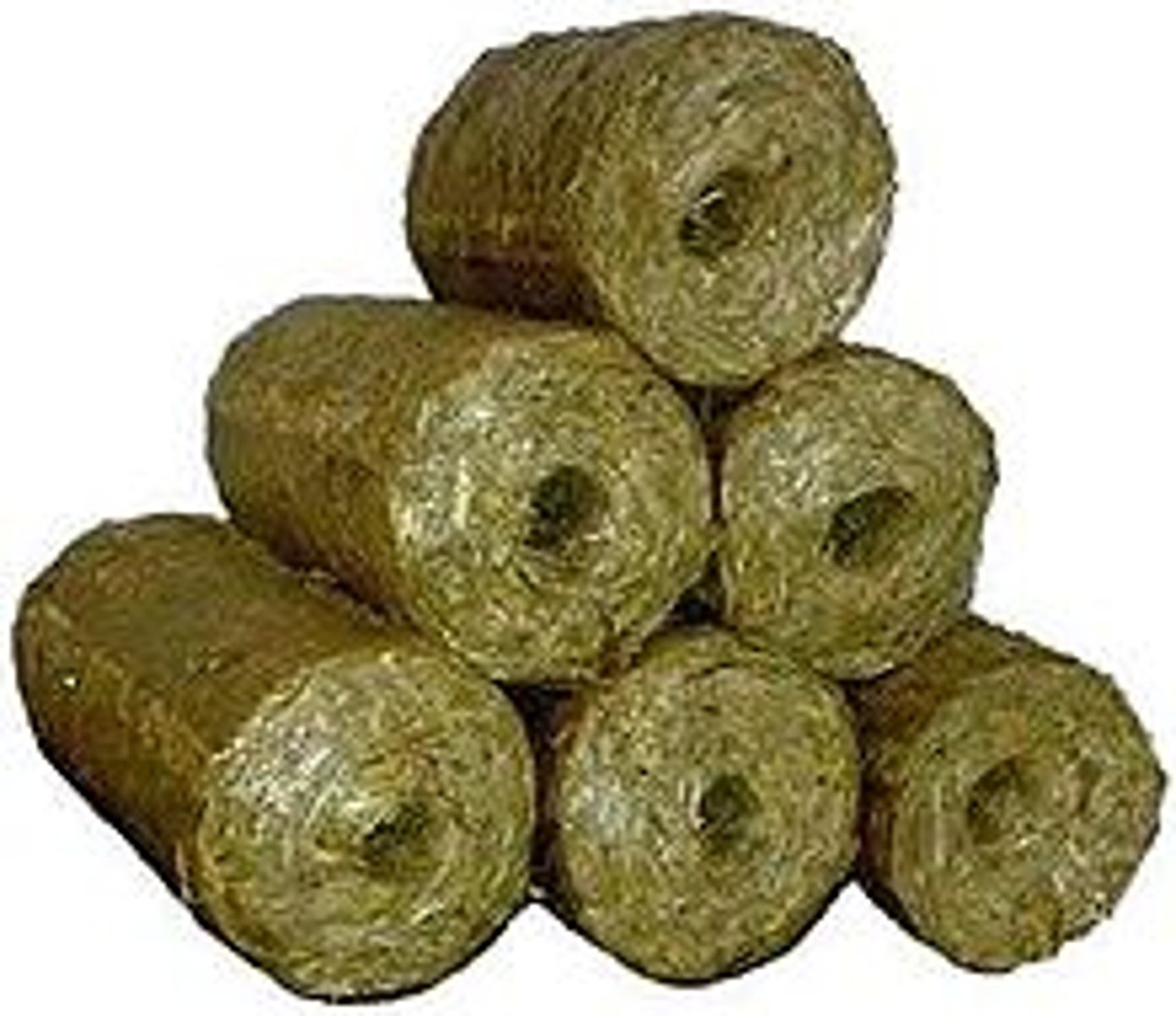
True or False: Biomass is the dominant energy source in many developing countries such as Africa and Asia.
True.
- Charcoal production in Africa has increased according to the WHO
Charcoal production in Africa has resulted in
Deforestation and indoor air pollution
Because dung is being used for fuel:
NO nutrients are being returned to land as fertilizer
Biofuel
Created from crops with high oil content such as soybeans, sunflower, canola, and palm
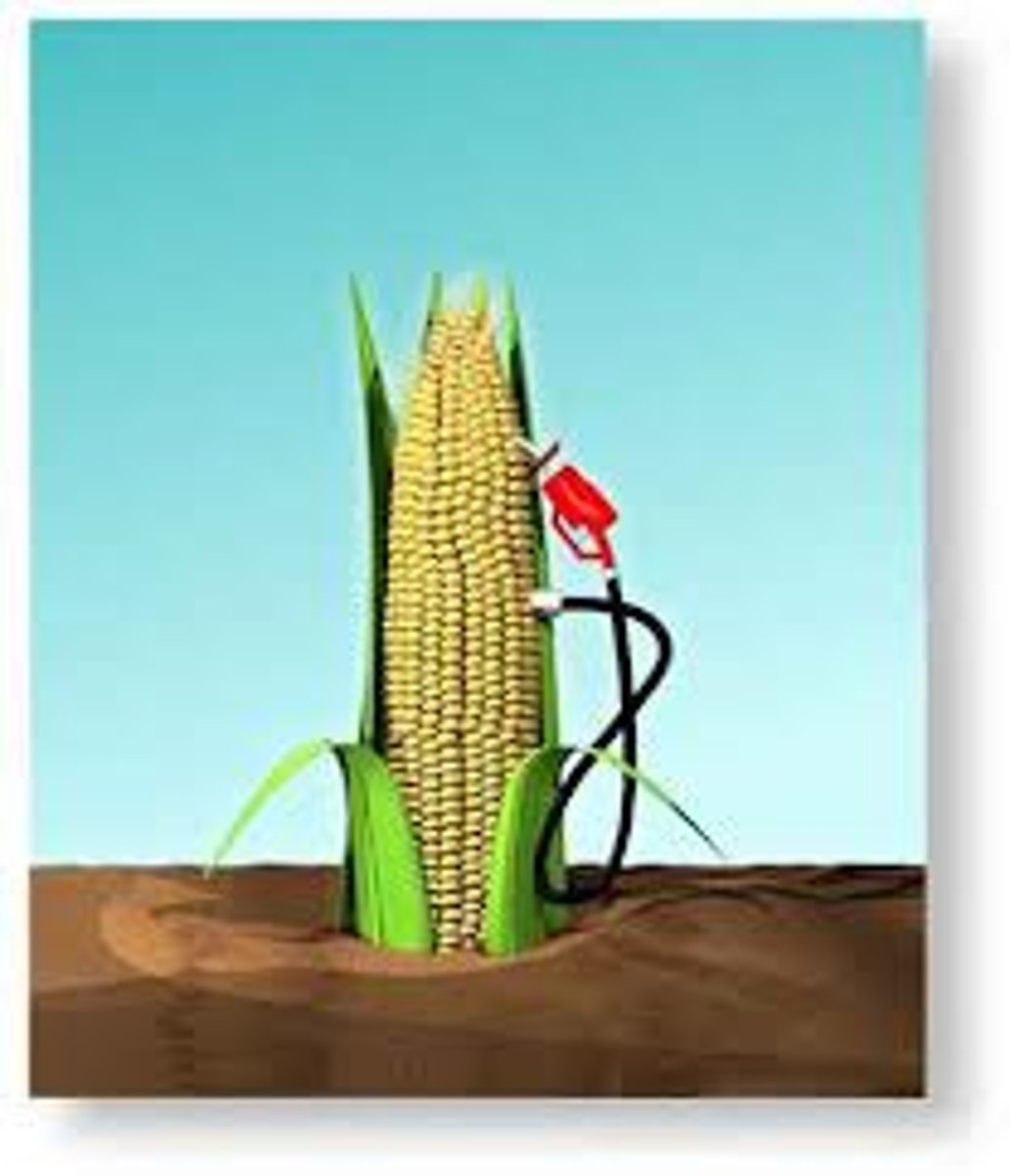
Ethanol fuels are most popular in....
Brazil, where the fuel is sugar-cane derived AND the US where it's corn-derived
True or False: Ethanol contains 2/3 as much energy as gasoline
True
How is biofuel created ?
1. Grain is ground
2. Sugars are separated
3. Sugars are fermented to alcohol and distilled
Possible alternatives to corn as biofuel
Miscanthus x giganetus also called "elephant grass" can produce 5x as much biomass per acre of corn
Hydropower
Falling water through a penstock is used to turn a turbine
Hydroelectric dam
A device used to capture the energy of downward flowing water using a turbine
-requires large river and significant drop in elevation
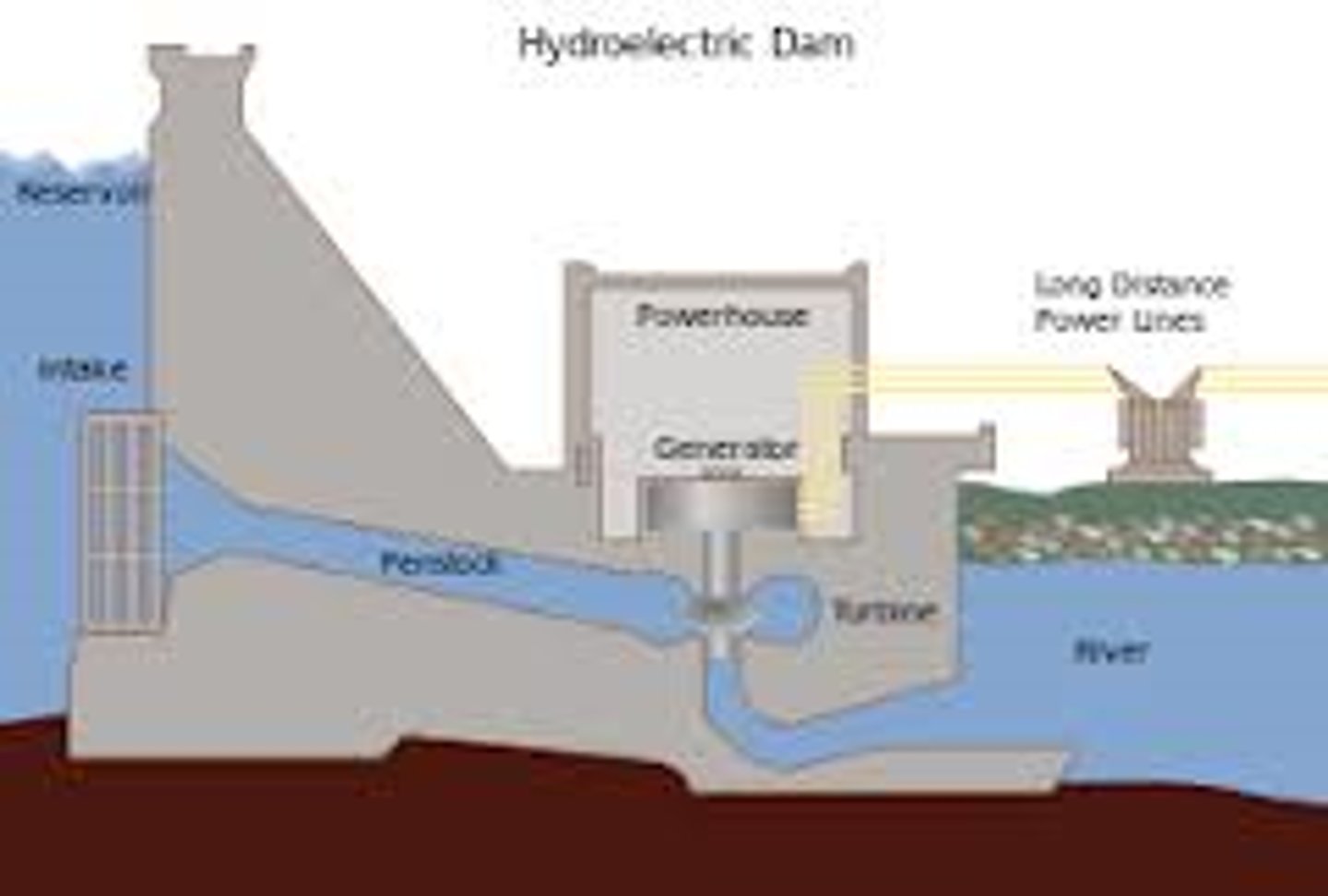
How does a hydroelectric dam work?
Daytime: water flows through turbines, producing electricity
Nighttime: water pumped uphill to reservior for tomorrow's use
Advantages of hydropower
1. no fuel is required--> no pollution
2. relatively low operational costs
3. water in a reservior is renewed via rainfall
4. minimal waste- low disposal problems
Disadvantages of hydropower
- high investment costs
-precipitation dependent
- create river obstructions
The largest dam is the
Three Gorges Dam in China, being 1.4 miles long in the Yangzi River
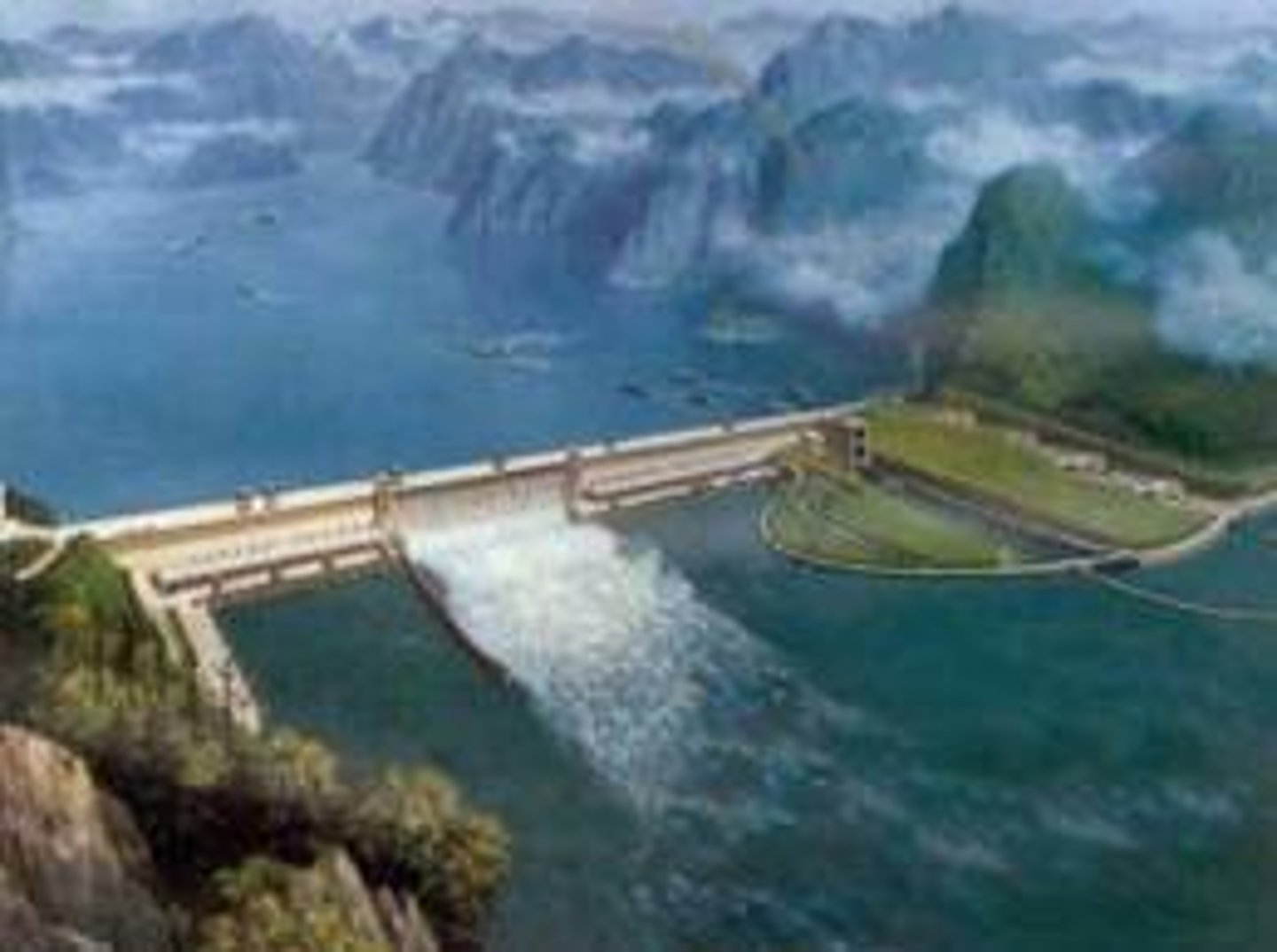
The construction of the Three Gorges Dam in China caused...
- human displacement of 1.3 million people
- ecosystem deconstruction
- wildlife loss for dolphin and sturgeon population
- sedimentation
Geothermal energy
taps energy from hot springs, geysers, or volcanic activity
Most geothermal energy in the US lies in
California, Oregon, New Mexico, Utah, Nevada and Idaho
How does geothermal energy work?
1. Hot water pumped from deep underground
2. At the surface, pressure drops and water turns to steam. This generates electricity.
3. Cooled water pumped back into the Earth
Main disadvantage: geology dependent